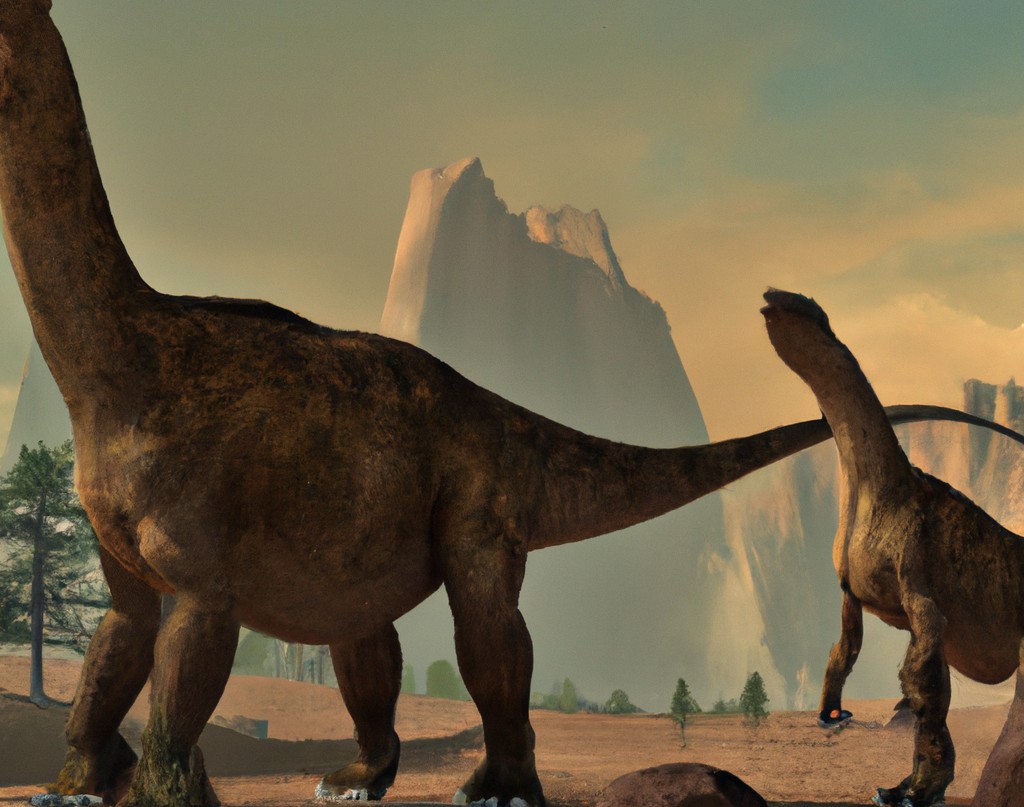Dinosaurs lived on Earth for approximately 165 million years, and during this time, they evolved and adapted to changing environments and conditions. The history of dinosaurs can be divided into three major eras: the Triassic, Jurassic, and Cretaceous periods. Each of these eras was characterized by unique features and characteristics that set it apart from the others.
The Triassic period was the first of the three dinosaur eras, and it lasted from approximately 252 to 201 million years ago. During this time, the Earth’s climate was hot and dry, and the continents were much closer together than they are today. The Triassic period saw the rise of the first dinosaurs, as well as the evolution of many other groups of reptiles.
The Jurassic period was the second of the three dinosaur eras, and it lasted from approximately 201 to 145 million years ago. During this time, the Earth’s climate was warmer and more humid, and the continents were starting to drift apart. The Jurassic period saw the rise of many large and impressive dinosaur species, such as the sauropods, which were some of the largest land animals that have ever lived.
The Cretaceous period was the final of the three dinosaur eras, and it lasted from approximately 145 to 66 million years ago. During this time, the Earth’s climate was warm and humid, and the continents were fully separated. The Cretaceous period saw the evolution of many advanced and specialized dinosaur species, such as the tyrannosaurus and the triceratops.
In conclusion, the three major dinosaur eras were the Triassic, Jurassic, and Cretaceous periods. Each of these eras was characterized by unique features and conditions, and they each saw the evolution and adaptation of different groups of dinosaurs.






